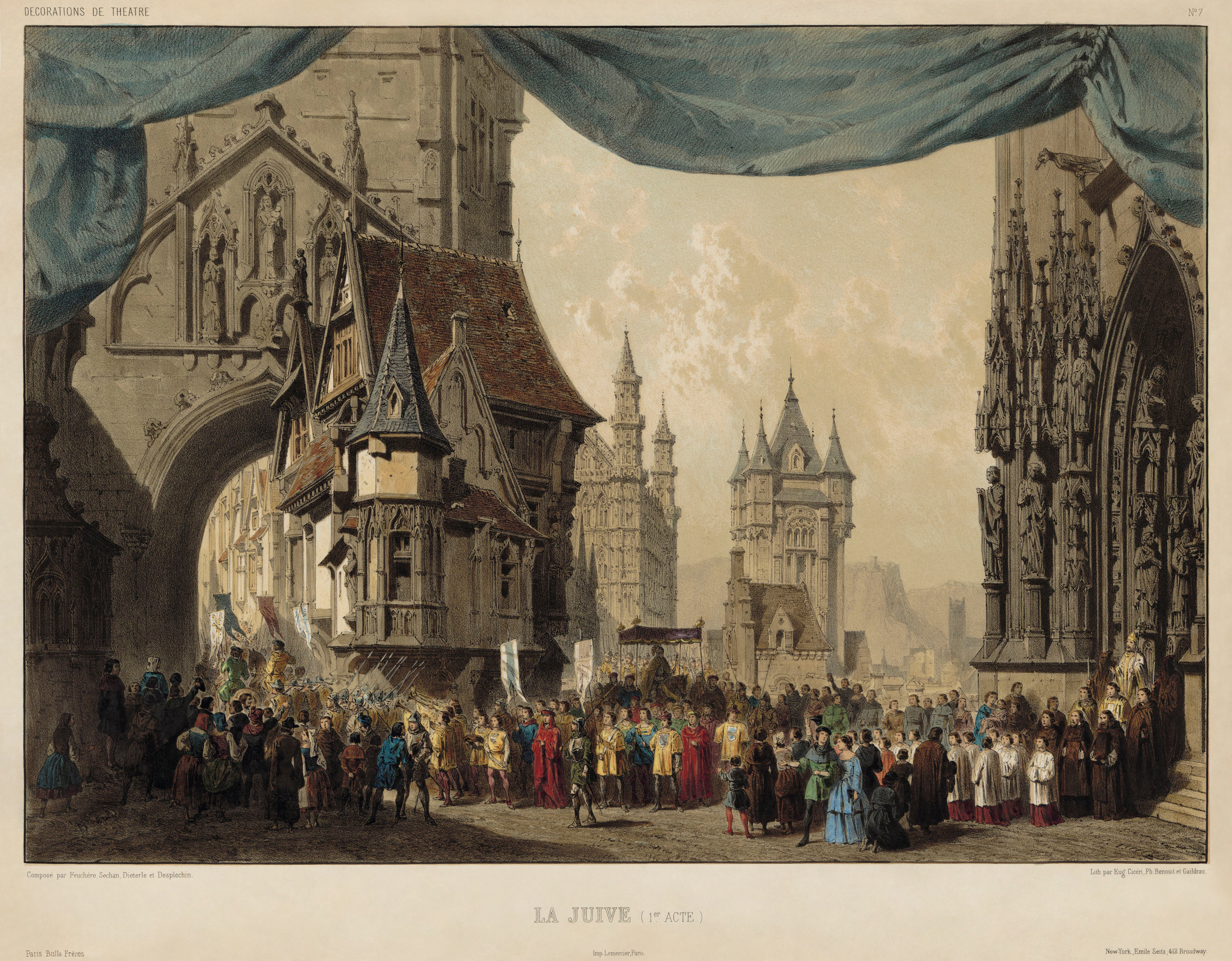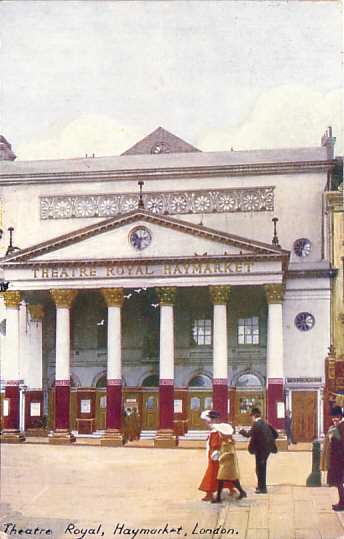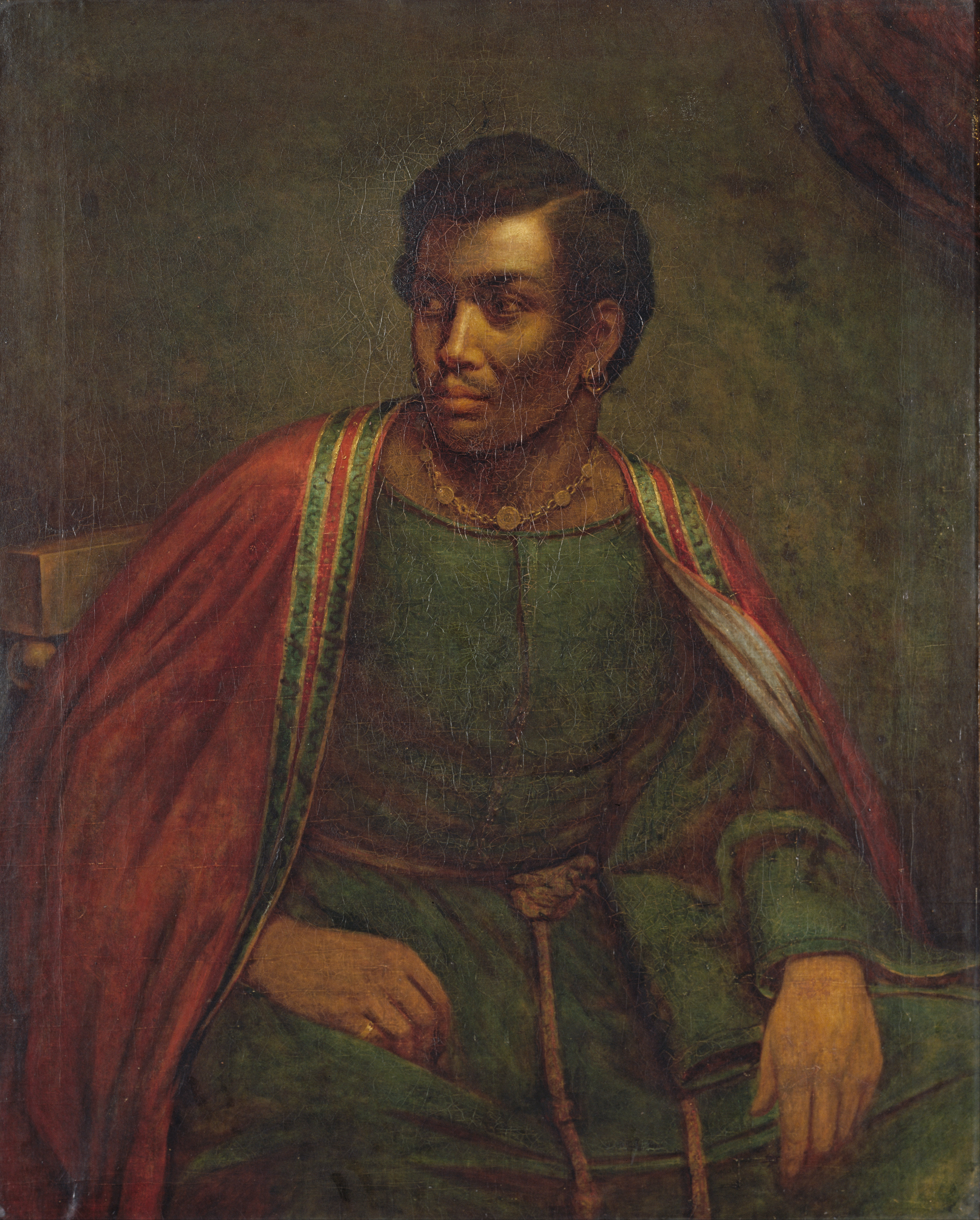|
John Vandenhoff
John Michael Vandenhoff (31 March 1790 – 4 October 1861) was an English actor. He performed in London theatres, and also in Edinburgh and Liverpool; he played leading roles including those in Shakespearean tragedy. Life Vandenhoff was born in 1790 Salisbury, where his family, of Dutch extraction, coming over, it is said, in the train of William of Orange, appear to have been dyers. He was educated at Stonyhurst College, with a view to the priesthood. For a year he taught classics in a school. Early career His first appearance on the stage was at Salisbury in May 1808, as Osmond in '' The Castle Spectre''. After playing at Exeter, Weymouth, and elsewhere, with Edmund Kean, and at Swansea with John Cooper, he made his first appearance at Bath in October 1813 as Jaffier in ''Venice Preserv'd''. During the season 1813–1814 he played Alcanor in '' Mahomet'', Freehold in ''The Country Lasses'' and King Henry in ''First Part of Henry IV''. In 1814 he was a member of the company ... [...More Info...] [...Related Items...] OR: [Wikipedia] [Google] [Baidu] |
A New Way To Pay Old Debts
''A New Way to Pay Old Debts'' (c. 1625, printed 1633) is an English Renaissance theatre, English Renaissance drama, the most popular play by Philip Massinger. Its central character, Sir Giles Over-reach, became one of the more popular villains on English and American stages through the 19th century. Performance Massinger probably wrote the play in 1625, though its debut on stage was delayed a year as the theatres were closed due to bubonic plague. In its own era it was staged by Queen Henrietta's Men at the Cockpit Theatre in Drury Lane. It was continuously in the repertory there and at the Red Bull Theatre, under the managements of Christopher Beeston, William Beeston, and Sir William Davenant, down to the closing of the theatres at the start of the English Civil War in 1642. Though Massinger's play shows obvious debts to Thomas Middleton's ''A Trick to Catch the Old One'' (c. 1605), it transcends mere imitation to achieve a powerful dramatic effectiveness – verified by the ... [...More Info...] [...Related Items...] OR: [Wikipedia] [Google] [Baidu] |
La Juive
''La Juive'' () (''The Jewess'') is a grand opera in five acts by Fromental Halévy to an original French libretto by Eugène Scribe; it was first performed at the Opéra, Paris, on 23 February 1835. Composition history ''La Juive'' was one of the most popular and admired operas of the 19th century. Its libretto (text) was the work of Eugène Scribe, the prolific dramatic author. Scribe was writing to the tastes of the Opéra de Paris, where the work was first performed – a work in five acts presenting spectacular situations (here the Council of Constance of 1414), which would allow a flamboyant staging in a setting which brought out a dramatic situation which was also underlined by a powerful historical subject. In addition to this, there could be choral interludes, ballet and scenic effects which took advantage of the entire range of possibilities available at the Paris Opera. Because of the story of an impossible love between a Christian man and a Jewish woman, the work ha ... [...More Info...] [...Related Items...] OR: [Wikipedia] [Google] [Baidu] |
William Macready
William Charles Macready (3 March 179327 April 1873) was an English actor. Life He was born in London the son of William Macready the elder, and actress Christina Ann Birch. Educated at Rugby School where he became headboy, and where now the theatre is named after him, it was his initial intention to go to University of Oxford, but in 1809 financial problems experienced by his father, the lessee of several provincial theatres, called him to share the responsibilities of theatrical management. On 7 June 1810, he made a successful first appearance as Romeo at Birmingham. Other Shakespearian parts followed, but a serious rupture between father and son resulted in the young man's departure for Bath in 1814. Here he remained for two years, with occasional professional visits to other provincial towns. On 16 September 1816, Macready made his first London appearance at Covent Garden as Orestes in ''The Distressed Mother'', a translation of Racine's ''Andromaque'' by Ambrose Philips. ... [...More Info...] [...Related Items...] OR: [Wikipedia] [Google] [Baidu] |
Thomas Talfourd
Sir Thomas Noon Talfourd SL (26 May 179513 March 1854) was an English judge, Radical politician and author. Life The son of a well-to-do brewer, Talfourd was born in Reading, Berkshire. He received his education at Hendon and Reading School. At the age of 18, he was sent to London to study law under Joseph Chitty, a special pleader. Early in 1821, he joined the Oxford circuit, having been Called to the Bar at Middle Temple earlier in the year. Fourteen years later, he was created a serjeant-at-law and led the court with William Fry Channell until 1846, when serjeants lost their monopoly of audience. In 1849 he succeeded Thomas Coltman as judge of the Court of Common Pleas. In politics At the general election in 1835 he was elected MP for the Parliamentary Borough of Reading as a Radical, a result repeated in the general election of 1837. He chose not to run in the general election of 1841, but stood again in the general election of 1847 and was elected. In the House of Commo ... [...More Info...] [...Related Items...] OR: [Wikipedia] [Google] [Baidu] |
Theatre Royal, Drury Lane
The Theatre Royal, Drury Lane, commonly known as Drury Lane, is a West End theatre and Grade I listed building in Covent Garden, London, England. The building faces Catherine Street (earlier named Bridges or Brydges Street) and backs onto Drury Lane. The building is the most recent in a line of four theatres which were built at the same location, the earliest of which dated back to 1663, making it the oldest theatre site in London still in use. According to the author Peter Thomson, for its first two centuries, Drury Lane could "reasonably have claimed to be London's leading theatre". For most of that time, it was one of a handful of patent theatres, granted monopoly rights to the production of "legitimate" drama in London (meaning spoken plays, rather than opera, dance, concerts, or plays with music). The first theatre on the site was built at the behest of Thomas Killigrew in the early 1660s, when theatres were allowed to reopen during the English Restoration. Initially ... [...More Info...] [...Related Items...] OR: [Wikipedia] [Google] [Baidu] |
Hamlet
''The Tragedy of Hamlet, Prince of Denmark'', often shortened to ''Hamlet'' (), is a tragedy written by William Shakespeare sometime between 1599 and 1601. It is Shakespeare's longest play, with 29,551 words. Set in Denmark, the play depicts Prince Hamlet and his attempts to exact revenge against his uncle, Claudius, who has murdered Hamlet's father in order to seize his throne and marry Hamlet's mother. ''Hamlet'' is considered among the "most powerful and influential tragedies in the English language", with a story capable of "seemingly endless retelling and adaptation by others". There are many works that have been pointed to as possible sources for Shakespeare's play—from ancient Greek tragedies to Elizabethan plays. The editors of the Arden Shakespeare question the idea of "source hunting", pointing out that it presupposes that authors always require ideas from other works for their own, and suggests that no author can have an original idea or be an originator. When ... [...More Info...] [...Related Items...] OR: [Wikipedia] [Google] [Baidu] |
Theatre Royal Haymarket
The Theatre Royal Haymarket (also known as Haymarket Theatre or the Little Theatre) is a West End theatre on Haymarket in the City of Westminster which dates back to 1720, making it the third-oldest London playhouse still in use. Samuel Foote acquired the lease in 1747, and in 1766 he gained a royal patent to play legitimate drama (meaning spoken drama, as opposed to opera, concerts or plays with music) in the summer months. The original building was a little further north in the same street. It has been at its current location since 1821, when it was redesigned by John Nash. It is a Grade I listed building, with a seating capacity of 888. The freehold of the theatre is owned by the Crown Estate. The Haymarket has been the site of a significant innovation in theatre. In 1873, it was the venue for the first scheduled matinée performance, establishing a custom soon followed in theatres everywhere. Its managers have included Benjamin Nottingham Webster, John Baldwin Buckstone, ... [...More Info...] [...Related Items...] OR: [Wikipedia] [Google] [Baidu] |
Othello
''Othello'' (full title: ''The Tragedy of Othello, the Moor of Venice'') is a tragedy written by William Shakespeare, probably in 1603, set in the contemporary Ottoman–Venetian War (1570–1573) fought for the control of the Island of Cyprus, a possession of the Venetian Republic since 1489. The port city of Famagusta finally fell to the Ottomans in 1571 after a protracted siege. The story revolves around two characters, Othello and Iago. Othello is a Moorish military commander who was serving as a general of the Venetian army in defence of Cyprus against invasion by Ottoman Turks. He has recently married Desdemona, a beautiful and wealthy Venetian lady much younger than himself, against the wishes of her father. Iago is Othello's malevolent ensign, who maliciously stokes his master's jealousy until the usually stoic Moor kills his beloved wife in a fit of blind rage. Due to its enduring themes of passion, jealousy, and race, ''Othello'' is still topical and popular and is ... [...More Info...] [...Related Items...] OR: [Wikipedia] [Google] [Baidu] |
Julius Caesar (play)
''The Tragedy of Julius Caesar ''(First Folio title: ''The Tragedie of Ivlivs Cæsar'') is a history play and tragedy by William Shakespeare first performed in 1599. In the play, Brutus joins a conspiracy led by Cassius to assassinate Julius Caesar, to prevent him from becoming a tyrant. Caesar's right-hand man Antony stirs up hostility against the conspirators and Rome becomes embroiled in a dramatic civil war. Characters * Julius Caesar ''Triumvirs after Caesar's death'' * Octavius Caesar * Mark Antony * Lepidus ''Conspirators against Caesar'' * Marcus Brutus (Brutus) * Cassius * Casca * Decius Brutus * Cinna * Metellus Cimber * Trebonius * Caius Ligarius ''Tribunes'' * Flavius * Marullus ''Roman Senate Senators'' * Cicero * Publius * Popilius Lena ''Citizens'' * Calpurnia – Caesar's wife * Portia – Brutus' wife * Soothsayer – a person supposed to be able to foresee the future * Artemidorus – sophist from Knidos * Cinna – poet * Cobbler * C ... [...More Info...] [...Related Items...] OR: [Wikipedia] [Google] [Baidu] |
Macbeth
''Macbeth'' (, full title ''The Tragedie of Macbeth'') is a tragedy by William Shakespeare. It is thought to have been first performed in 1606. It dramatises the damaging physical and psychological effects of political ambition on those who seek power. Of all the plays that Shakespeare wrote during the reign of James I, ''Macbeth'' most clearly reflects his relationship with King James, patron of Shakespeare's acting company. It was first published in the Folio of 1623, possibly from a prompt book, and is Shakespeare's shortest tragedy. A brave Scottish general named Macbeth receives a prophecy from a trio of witches that one day he will become King of Scotland. Consumed by ambition and spurred to action by his wife, Macbeth murders King Duncan and takes the Scottish throne for himself. He is then wracked with guilt and paranoia. Forced to commit more and more murders to protect himself from enmity and suspicion, he soon becomes a tyrannical ruler. The bloodbath and ... [...More Info...] [...Related Items...] OR: [Wikipedia] [Google] [Baidu] |
Kenilworth (novel)
''Kenilworth. A Romance'' is a historical romance novel by Sir Walter Scott, one of the Waverley novels, first published on 13 January 1821. Set in 1575, it leads up to the elaborate reception of Queen Elizabeth at Kenilworth Castle by the Earl of Leicester, who is complicit in the murder of his wife Amy Robsart at Cumnor. Composition and sources In January 1820 Archibald Constable and John Ballantyne concluded an agreement to act as joint publishers of ''Kenilworth'', but Scott had still to complete ''The Monastery'' and write its sequel ''The Abbot'' which kept him occupied until August, so that ''Kenilworth'' had to wait until September. Writing then progressed steadily, and the new novel was completed on 27 December. Scott was deeply acquainted with the literature and historical documents of the Elizabethan period, partly because of his editorial labours. In 1808 he produced ''Memoirs of Robert Cary, Earl of Monmouth … and Fragmenta Regalia … by Sir Robert Naunton'', ... [...More Info...] [...Related Items...] OR: [Wikipedia] [Google] [Baidu] |
.jpg)






_Royal_Shakespeare_Theatre.jpg)

